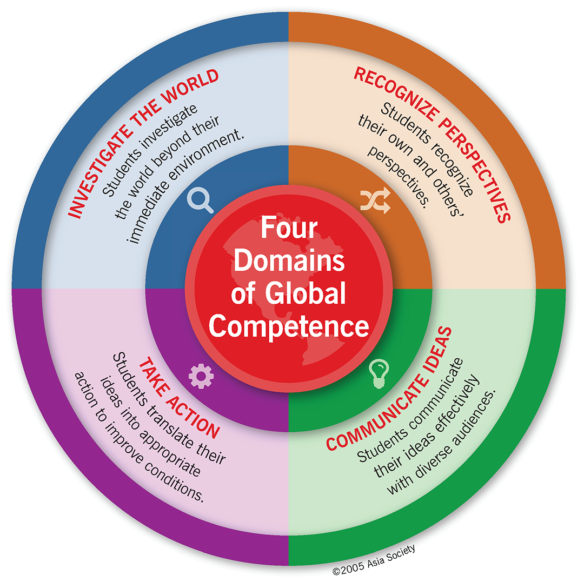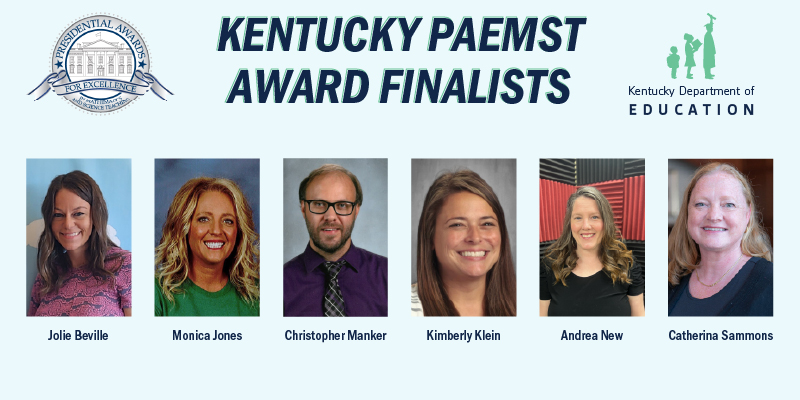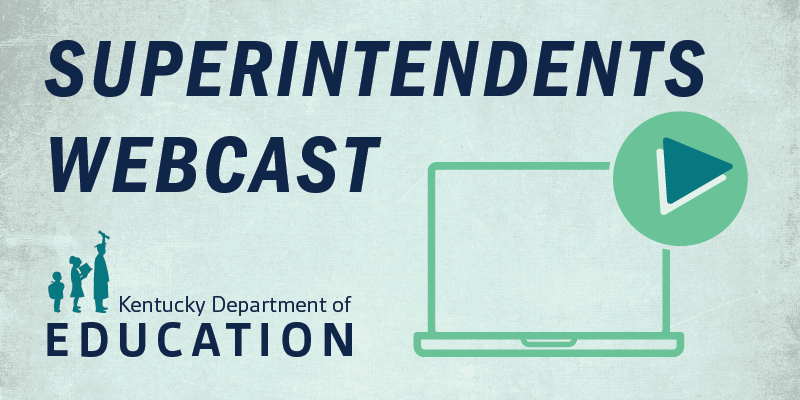By Kelly Clark
While a global curriculum has many obvious intersections in science, social studies, English language arts, visual and performing arts, world languages and practical living, the one content area that seems at odds is mathematics.
On a deeper examination, however, even mathematics can be infused with a global approach. Students can learn not only essential numeracy skills, but at the same time make connections between the local and global significance of how we interpret and use numbers every day.
 There are several changes in mindset that must occur when you think about globalizing mathematics for our students. The first is that mathematics is not just a set of problems or processes to memorize or master. The more rigorous Kentucky Academic Standards for Mathematics, adopted in 2010, place the focus on students understanding the underlying mathematical concepts. Thus, the learning assessment in mathematics involves the application of concepts, principals and problems.
There are several changes in mindset that must occur when you think about globalizing mathematics for our students. The first is that mathematics is not just a set of problems or processes to memorize or master. The more rigorous Kentucky Academic Standards for Mathematics, adopted in 2010, place the focus on students understanding the underlying mathematical concepts. Thus, the learning assessment in mathematics involves the application of concepts, principals and problems.
The second change is that mathematics is not just numbers, but part of a larger content area – qualitative literacy. Students, in both reaching critical understandings and making deep and lasting connections to the mathematical practices, must engage in the practice of dialogue about and communication of their learning. Kentucky teachers have been at the business of making these shifts and are making headway.
The last change then for mathematics teachers is to engage students in the essential purpose and application of numeracy in their community and the world. Learning that is structured around solving authentic and current problems using the applied math practices are deeply motivational for students. Concepts that are connected to their world encourages a deep understanding in students in order to communicate or take action on their findings, which involves the high level of critical thinking we want to see from our students.
The three changes mentioned above are about opening the mindset of teachers and should not be confused with the actual shifts in teacher practice that the Kentucky Academic Standards brought when adopted in 2010. I have underlined and italicized where openings for global learning occur in these shifts.
These shifts are:
- Focus-strongly where the standards focus.
The standards call for a greater focus in mathematics. Rather than racing to cover topics in a mile-wide, inch-deep curriculum, the standards require us to significantly narrow and deepen how time and energy is spent in the mathematics classroom. Stakeholders focus deeply on the major work of each grade so students can gain strong foundations, which include a solid conceptual understanding, a high degree of procedural skill and fluency, and the ability to apply the math they know to solve problems inside and outside the math classroom.
- Coherence – Think across grades and link to major topics within grades.
Thinking across grades: The standards are designed around coherent progressions from grade to grade. Learning is carefully connected across grades so students can build new understanding onto foundations built in previous years. Each standard is not a new event, but an extension of previous learning.
Linking to major topics: Instead of allowing additional or supporting topics to detract from the focus of the grade, these concepts serve the grade-level focus. For example, instead of data displays as an end in themselves, they serve as an opportunity for grade-level word problems.
- Rigor – In major topics, pursue conceptual understanding, procedural skill and fluency and application with equal intensity.
Conceptual understanding: The standards call for conceptual understanding of key concepts, such as place value and ratios. Students must be able to access concepts from a number of perspectives so that they are able to see math as more than a set of mnemonics or discrete procedures.
Procedural skill and fluency: The standards call for a deep understanding of mathematical concepts, which results in the facility to efficiently and accurately access, compare and apply strategies, knowledge and skills in a variety of contexts.
Application: The standards call for students to use math flexibly for applications in problem-solving contexts. In content areas outside of math, particularly science, students are given the opportunity to use math to make meaning of and access to content.
Where else can mathematics and global meet? The Oxfam Guide to “Maths and Global Citizenship” lists several lesson ideas and resources where math can be used to explore patterns and formulate ideas about the world:
- Interpreting Data
- Presenting and Manipulating Data
- Percentages
- Measurement and Time
- Ordering and Comparing Numbers
- Ratios and Fractions
- Probability
- Money and Finance
The Global Competence Matrix for Mathematics shows demonstrable skills for students to master in the mathematics contact area. By deconstructing the skills and using backward planning, schools and districts could create a roadmap for global math.
Still not convinced that our smallest learners can apply math globally? A Teaching Channel video demonstrates that even 5-year-olds can complete real-world lessons based on project-based learning to develop and experience the world, while still meeting content standards. This clip features 3- to 5-year-olds involved in project-based learning “traveling” the world to research and experience places like South America or Brazil.




Leave A Comment